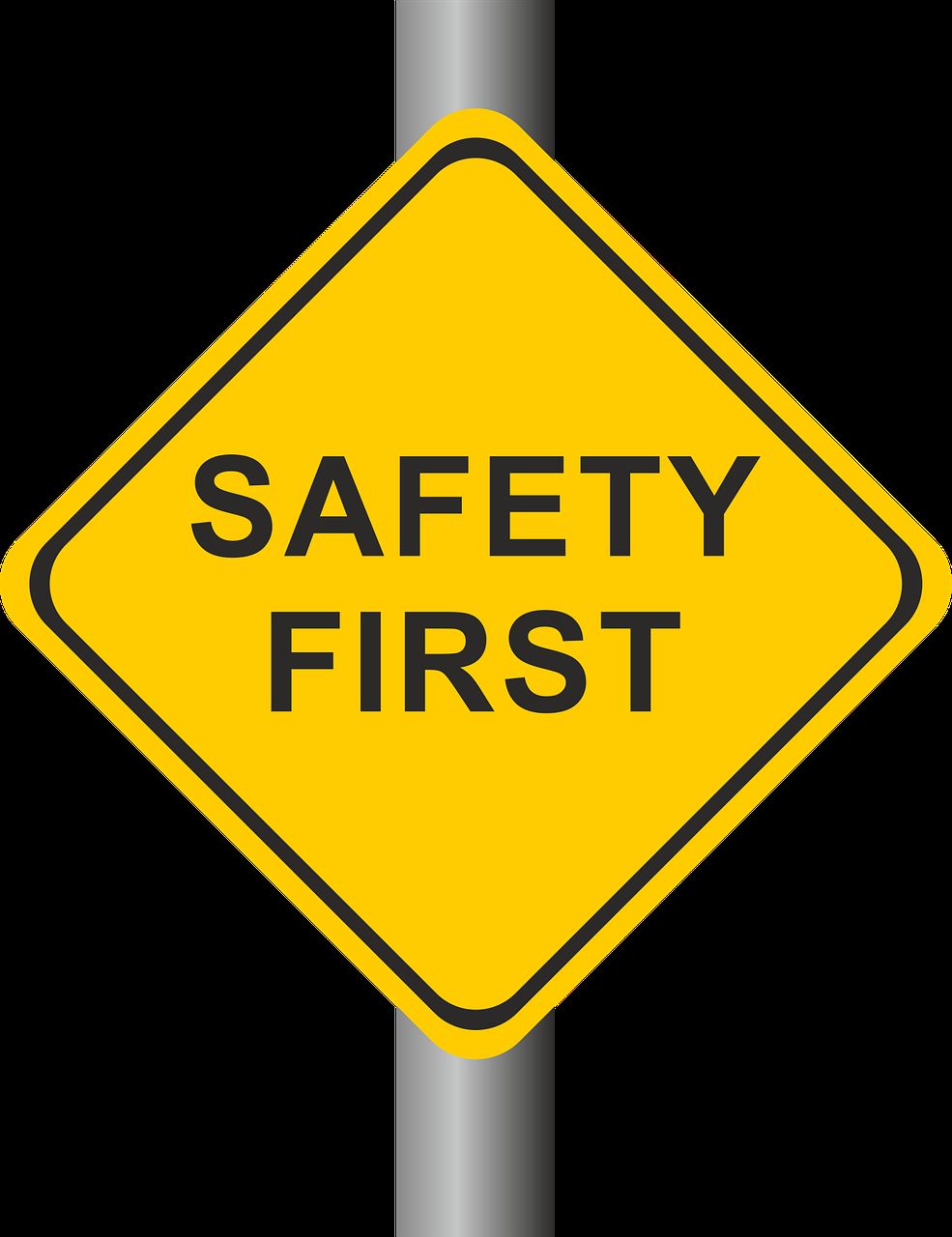Avoid slips, trips and falls in wet weather
Slips, trips, and falls are leading causes of injury at the UW.
A slip, trip or fall can have a serious impact on a person’s health and well-being.
Avoid slips, trips and falls in wet weather
Slips, trips, and falls are leading causes of injury at the UW.
A slip, trip or fall can have a serious impact on a person’s health and well-being.
Avoid slips, trips and falls in wet weather
This document represents the requirements of the University of Washington (UW) Powered Industrial Trucks (PIT) Program. The purpose of this manual is to establish requirements, including roles and responsibilities, for protecting University personnel from potential harm while operating a powered industrial truck.
The work of UW Environmental Health & Safety (EH&S) during the previous fiscal year is summarized in the EH&S Annual Report.
Nominations will open soon for the next two-year term of UW’s health and safety committees. Every UW employee is represented by one of 10 committees; each plays a key role in supporting workplace health and safety. Don’t miss the chance to nominate yourself or a colleague!
How does a UW employee become a committee member?
Committee members are:
Who is eligible?
The University is committed to ensuring a healthy and safe environment for working, learning, research, teaching and service. There are several ways UW personnel can report workplace safety concerns: 
Environmental Health & Safety (EH&S) published the annual update of the UW Accident Prevention Plan, which contains new and updated safety information and resources to help prevent work-related injuries and illnesses. Department/unit administrators and supervisors are asked to share and review the updated UW Accident Prevention Plan with their current and new employees.
The Environmental Health & Safety Boating Safety Program created two new resources to help UW personnel identify and reduce the risk of drowning while working on, over, or alongside water. These resources are designed to prioritize the safety of UW personnel and clarify guidance from Washington State Department of Labor & Industries regarding the selection, use, and maintenance of personal flotation devices (PFDs) to protect workers when drowning hazards exist in the workplace.
What is my responsibility to prevent drowning?
Environmental Health & Safety (EH&S) launched a new Asbestos Awareness Refresher Online course that replaces the annual in-person refresher course, providing participants the flexibility to complete their training at their own pace.
Course highlights:
Areas with hazardous materials can post the Emergency Procedures Flip Chart to be prepared in case of an emergency.
In December 2024, the U. S. Environmental Protection Agency (EPA) finalized a new rule under the Toxic Substances Control Act (TSCA) to protect workers, the public, and the environment from the risks of trichloroethylene (TCE) exposure. While certain portions of the rule are currently under legal review, most of its requirements are still expected to go into effect starting on September 15, 2025.